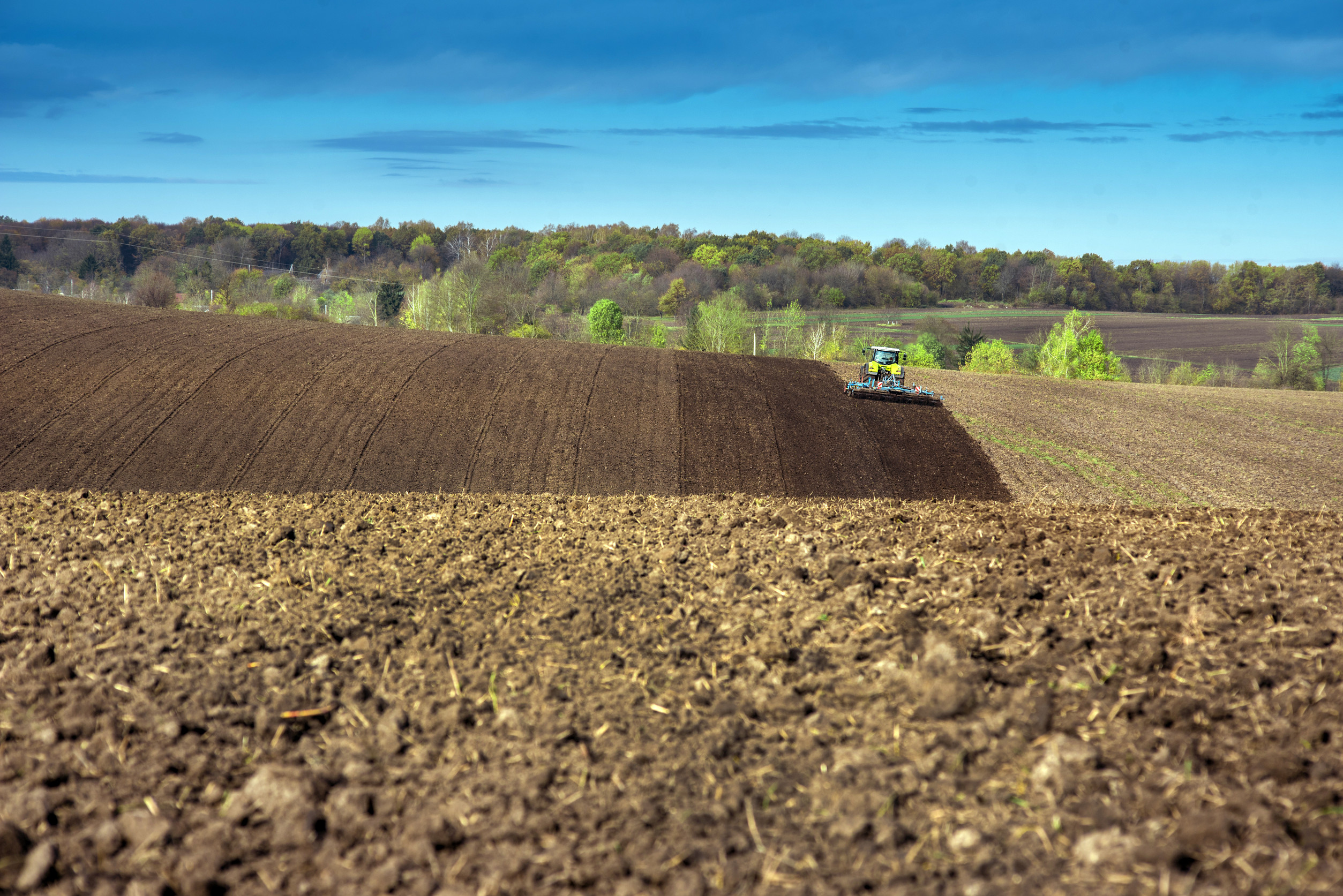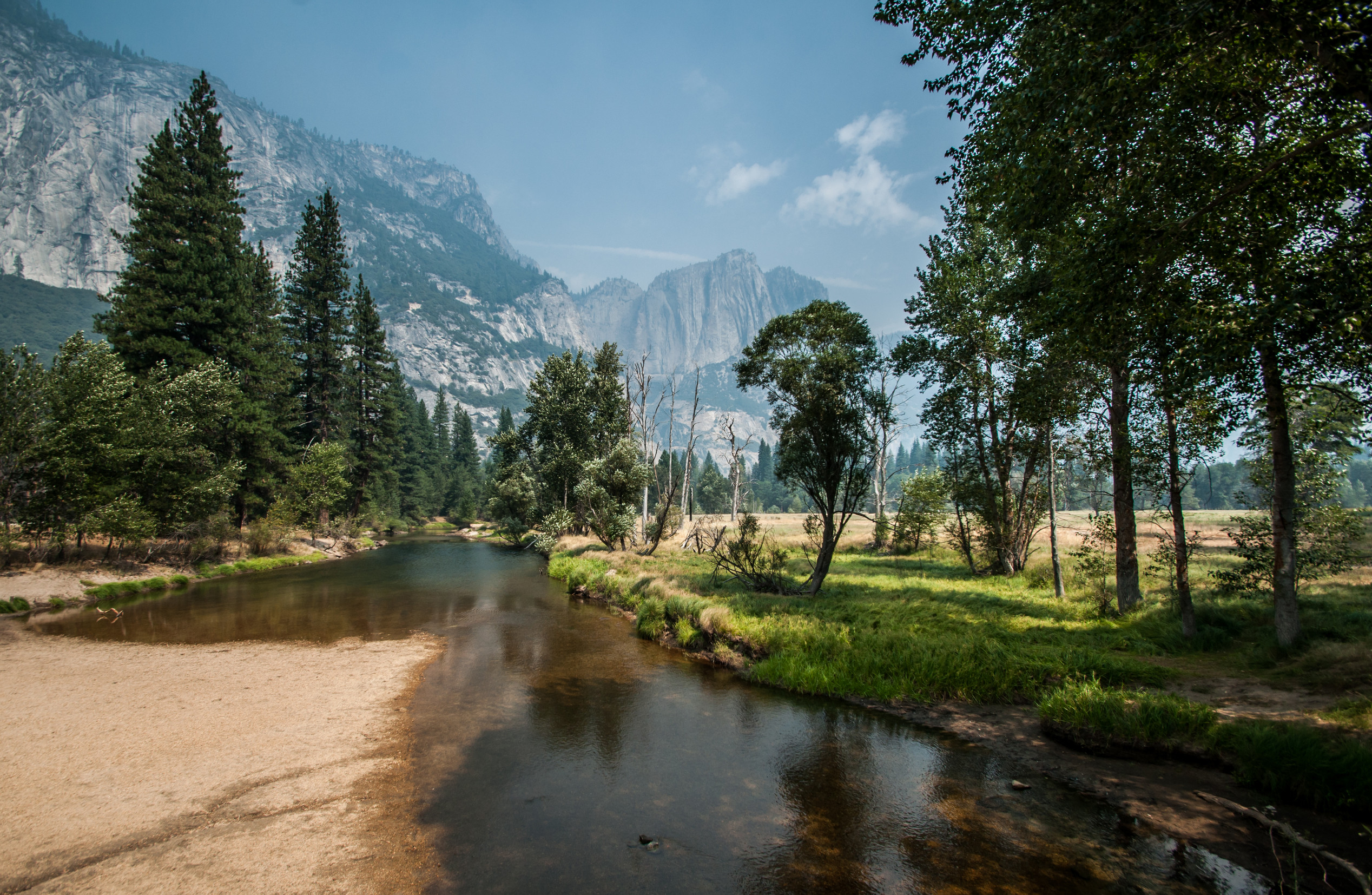Most large-scale solar installations are placed on natural lands where the sunlight can best be captured, and that may actually be a benefit to the wildlife living in that habitat. Wildlife charity RSPB and clean tech company Anesco have created a project to boost threatened wildlife at the firm’s solar farms across England and Wales. The scheme will reinstate habitats which have been lost in the face of agricultural intensification to boost insects such as bees and butterflies and to provide for the struggling native bird species. The team will implement seed-rich planting in the “unused” margins of the solar farms as well as creating wild flower meadows around the solar farms. The project hopes to show how renewable energy and wildlife conservation can work in unison to maximize the positive effect of transitioning to clean energy.

Solar farms to create natural habitats for threatened species
More of Today's Solutions
Try this simple breathing exercise to rid yourself of cold hands and feet
Do you often find that your hands and feet are colder than the rest of your body? This can be perplexing, especially when gloves ...
Read MoreRoman jars reveal the secrets of ancient winemaking
Archaeologists are still putting the full story of human history together. From the discovery of a Viking shipyard in Sweden to the Sistine Chapel ...
Read MoreCancer detection breakthrough revealed via butterfly-inspired imaging
In the world of sensory perception, other creatures frequently outperform humans. A research team has created an imaging sensor that looks into the elusive ultraviolet ...
Read MoreAdvancements in vision restoration: CRISPR gives hope to patients
In a revolutionary development, CRISPR gene editing emerged as a beacon of hope for people suffering from genetic blindness. The results of a Phase ...
Read More








